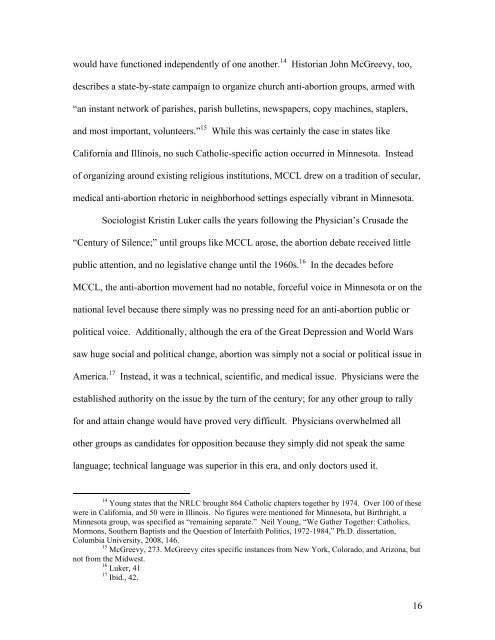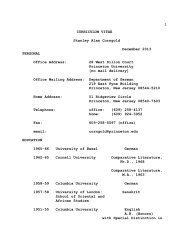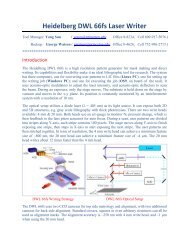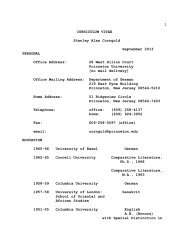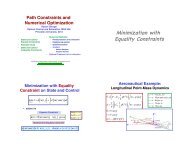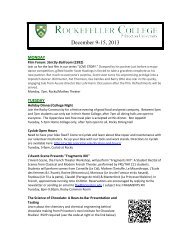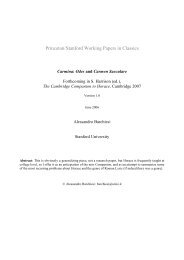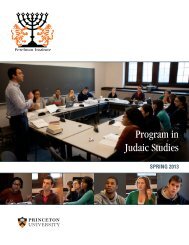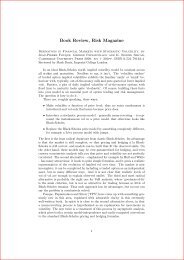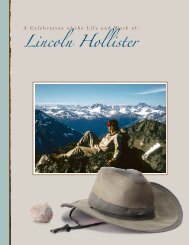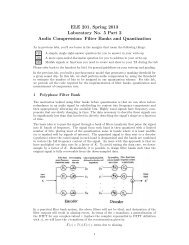The Pre-Roe Pro-Life Movement in Minnesota and New York
The Pre-Roe Pro-Life Movement in Minnesota and New York
The Pre-Roe Pro-Life Movement in Minnesota and New York
Create successful ePaper yourself
Turn your PDF publications into a flip-book with our unique Google optimized e-Paper software.
would have functioned <strong>in</strong>dependently of one another. 14 Historian John McGreevy, too,<br />
describes a state-by-state campaign to organize church anti-abortion groups, armed with<br />
“an <strong>in</strong>stant network of parishes, parish bullet<strong>in</strong>s, newspapers, copy mach<strong>in</strong>es, staplers,<br />
<strong>and</strong> most important, volunteers.” 15 While this was certa<strong>in</strong>ly the case <strong>in</strong> states like<br />
California <strong>and</strong> Ill<strong>in</strong>ois, no such Catholic-specific action occurred <strong>in</strong> M<strong>in</strong>nesota. Instead<br />
of organiz<strong>in</strong>g around exist<strong>in</strong>g religious <strong>in</strong>stitutions, MCCL drew on a tradition of secular,<br />
medical anti-abortion rhetoric <strong>in</strong> neighborhood sett<strong>in</strong>gs especially vibrant <strong>in</strong> M<strong>in</strong>nesota.<br />
Sociologist Krist<strong>in</strong> Luker calls the years follow<strong>in</strong>g the Physician’s Crusade the<br />
“Century of Silence;” until groups like MCCL arose, the abortion debate received little<br />
public attention, <strong>and</strong> no legislative change until the 1960s. 16<br />
In the decades before<br />
MCCL, the anti-abortion movement had no notable, forceful voice <strong>in</strong> M<strong>in</strong>nesota or on the<br />
national level because there simply was no press<strong>in</strong>g need for an anti-abortion public or<br />
political voice. Additionally, although the era of the Great Depression <strong>and</strong> World Wars<br />
saw huge social <strong>and</strong> political change, abortion was simply not a social or political issue <strong>in</strong><br />
America. 17 Instead, it was a technical, scientific, <strong>and</strong> medical issue. Physicians were the<br />
established authority on the issue by the turn of the century; for any other group to rally<br />
for <strong>and</strong> atta<strong>in</strong> change would have proved very difficult. Physicians overwhelmed all<br />
other groups as c<strong>and</strong>idates for opposition because they simply did not speak the same<br />
language; technical language was superior <strong>in</strong> this era, <strong>and</strong> only doctors used it.<br />
14 Young states that the NRLC brought 864 Catholic chapters together by 1974. Over 100 of these<br />
were <strong>in</strong> California, <strong>and</strong> 50 were <strong>in</strong> Ill<strong>in</strong>ois. No figures were mentioned for M<strong>in</strong>nesota, but Birthright, a<br />
M<strong>in</strong>nesota group, was specified as “rema<strong>in</strong><strong>in</strong>g separate.” Neil Young, “We Gather Together: Catholics,<br />
Mormons, Southern Baptists <strong>and</strong> the Question of Interfaith Politics, 1972-1984,” Ph.D. dissertation,<br />
Columbia University, 2008, 146.<br />
15 McGreevy, 273. McGreevy cites specific <strong>in</strong>stances from <strong>New</strong> <strong>York</strong>, Colorado, <strong>and</strong> Arizona, but<br />
not from the Midwest.<br />
16 Luker, 41<br />
17 Ibid., 42.<br />
16


